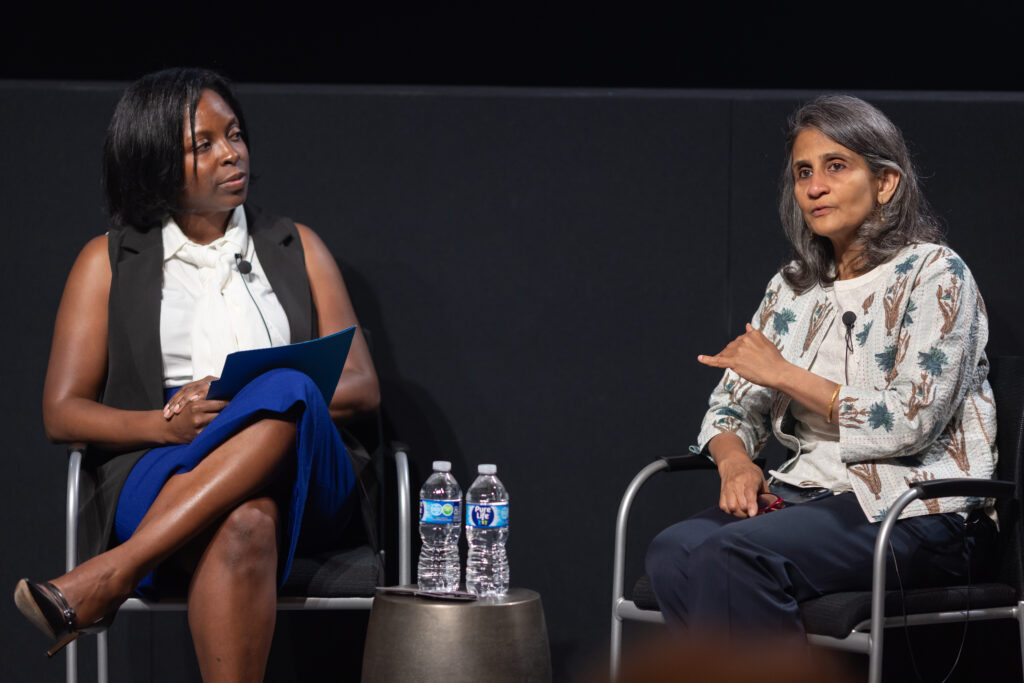As broadband speeds have increased, the home gaming experience has benefitted. That combined with improved latency means that gaming is more accessible than ever. In fact, 62 percent of U.S. households include at least one gamer, and the appetite for gaming related content is clearly reflected by the huge success of the website Twitch.tv.
So, what exactly is Twitch? Twitch.tv is a video platform devoted to gaming. Specifically, it’s a place for people to watch live streams of gameplay, walkthroughs of difficult levels, live broadcasts of professional gaming tournaments, and tons of other gaming related content.
Twitch streams 13 million hours of content a day. To put that in perspective, Netflix sees an average of 125 million hours of content streamed a day. While Twitch is just above 1/10 of Netflix, it’s incredibly impressive given how much of a juggernaut Netflix is, and how niche Twitch’s content is.
Real-time entertainment made up 2/3 of all internet traffic in North America in 2016, according to the research group Sandvine. All this streaming video wouldn’t be possible if networks weren’t ahead of the ball, offering faster and faster speeds to facilitate that growth.
According to the global web ranking service Alexa, Twitch is the 48th most visited website in the world, and 16th most visited in the United States. Netflix, by comparison, is the 32nd most visited website in the world and comes in at number nine in the United States. This might surprise some, given the fact that Twitch’s content is so focused on one community while Netflix has everything from The West Wing to Barney’s Most Loveable Moments.
But it makes more sense than you might think. Gaming actually beats out facebook for the number of average daily minutes spent per user on a platform. According to Kleiner Perkins users spend on average 51 minutes a day on gaming platforms, 50 minutes on facebook, and 30 on snapchat.
Video games are no longer one person playing alone or the occasional multiplayer campaign in the same room. They’ve gone online and become a shared social experience, bringing gamers across the country and world together in the digital space. Gaming requires a strong reliable internet connection, after all you can’t let your team down in League of Legends because your connection dropped. It’s no surprise that the rise in online gaming came along with a stead and sharp increase in broadband speeds, the two work hand in hand.
The data volume of global online gaming is expected to grow more than eleven times from 2016 to 2021. And thanks to the gigabit technology that’s beginning to roll out, America’s networks will be ready to help continue fueling the incredible advancements in gaming technology and culture, be it bigger games or millions more hours of streamed video from Twitch.








